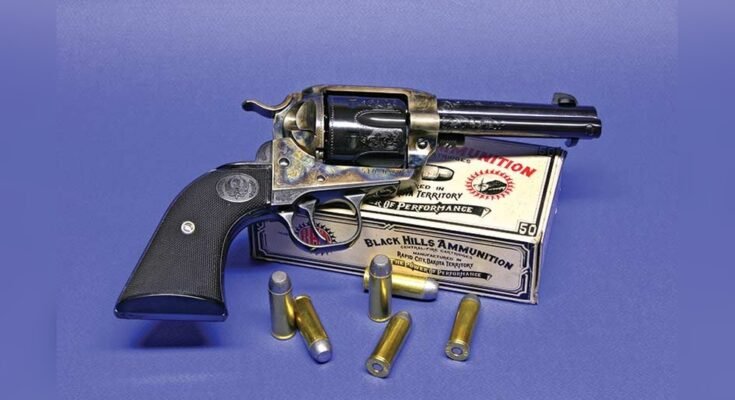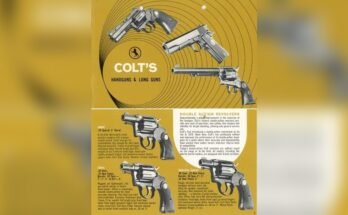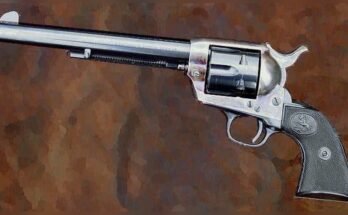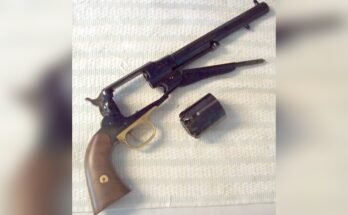Have you ever wondered if fixed cylinder revolvers are tough to reload? If you’re new to these classic firearms or even a seasoned shooter, the idea of reloading might feel tricky or slow.
But is it really as hard as it seems? Understanding how fixed cylinder revolvers work can save you time and frustration, and help you enjoy your shooting experience more. Keep reading, and you’ll discover practical tips that make reloading easier than you thought—so you can focus on what matters most: your accuracy and confidence.
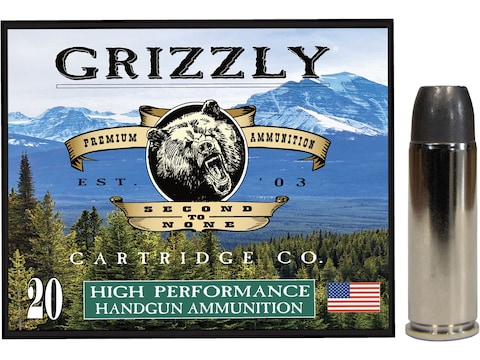
Fixed Cylinder Revolvers Basics
Fixed cylinder revolvers have a unique place in firearm history and use. These revolvers do not have a cylinder that swings out. Instead, their cylinder stays fixed in place. This design affects how you load and unload the revolver. Understanding the basics helps to know if they are hard to reload.
Design Features
Fixed cylinder revolvers have a solid frame holding the cylinder. The cylinder rotates to align each chamber with the barrel. The shooter loads and unloads rounds through a loading gate on the side. This gate is a small door that opens to expose one chamber at a time. The cylinder does not move out of the frame, making reloading slower than other revolvers.
The fixed design often makes the revolver more durable. It also keeps the gun more compact. This type of revolver usually has fewer moving parts. This simplicity means less chance of mechanical issues.
Common Models
Many classic revolvers use a fixed cylinder design. The Colt Single Action Army is a famous example. It has a loading gate and ejector rod on the right side. Other models include the Ruger Vaquero and some older Smith & Wesson revolvers. These guns are popular with collectors and cowboy action shooters. They show how fixed cylinder revolvers work in real life. Each model has its own loading style but shares the basic fixed cylinder design.
Reloading Process Explained
Reloading a fixed cylinder revolver is a straightforward task. The process requires patience and the right steps. Understanding the reloading process helps improve speed and safety. This guide explains each step clearly.
Step-by-step Reloading
First, open the loading gate on the revolver’s side. This exposes the cylinder chambers. Next, eject spent cartridges using the ejector rod. Push the rod firmly to clear all empty cases. After clearing, load fresh cartridges one by one into each chamber. Make sure each round fits securely. Close the loading gate once all chambers are loaded. Finally, check the revolver for smooth cylinder rotation. The revolver is now ready for use.
Tools Needed
No special tools are required for basic reloading. The revolver’s ejector rod serves as the main tool. A speed loader can help for faster loading but is optional. Clean cloths help maintain the revolver during reloading. Always keep spare ammunition handy to avoid delays. These simple tools keep the process easy and efficient.
Challenges In Reloading
Reloading a fixed cylinder revolver presents unique challenges. These issues can slow down the process and make it less smooth than other firearms. Understanding these challenges helps to set realistic expectations.
Reloading speed and comfort depend on the revolver’s design. The fixed cylinder limits quick access to the chambers. This means extra effort is needed to reload efficiently.
Speed Limitations
Fixed cylinder revolvers take longer to reload than swing-out cylinder models. Each cartridge must be removed and inserted individually. There is no quick release or ejector rod to speed this up. This process demands patience and steady hands. Reloading fast under pressure becomes difficult.
Ergonomic Factors
The shape and weight of fixed cylinder revolvers affect reloading comfort. The cylinder stays fixed in place, restricting hand movement. Reloading requires awkward wrist angles and finger dexterity. Small or slippery grips add to the difficulty. These ergonomic factors can cause fatigue and slow the reload.
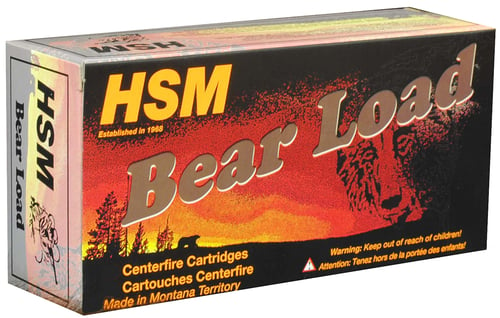
Comparison With Other Revolvers
Reloading speed and ease are key factors for revolver users. Different revolver designs affect how fast and simple the reload process is. Comparing fixed cylinder revolvers to other types highlights their unique features and challenges. Understanding these differences helps in choosing the right revolver.
Swing-out Cylinder Models
Swing-out cylinder revolvers have a cylinder that swings out to the side. This design lets users eject all spent cartridges quickly. Reloading is faster because new rounds can be inserted easily. Most modern revolvers use this system for quick reloads. It offers convenience and speed that fixed cylinder models lack.
Break-top Revolvers
Break-top revolvers open by hinging the barrel and cylinder downward. This exposes all chambers at once for fast ejection. Reloading is simpler than with fixed cylinders because all rounds come out together. These revolvers were popular before swing-out designs became common. They still provide easier reloads compared to fixed cylinder models.
Tips From Experts
Experts who use fixed cylinder revolvers share key tips to reload faster and keep guns working well. Their advice helps both new and experienced shooters handle these revolvers with ease. Applying these tips can make reloading less tricky and improve your shooting experience.
Techniques To Speed Up
Practice is the best way to reload quickly. Start by opening the loading gate smoothly. Use your thumb to push out spent cartridges one by one. Keep fresh bullets ready in your other hand. Slide each bullet in carefully to avoid jams. Work slowly at first, then increase your speed over time. Consistent practice builds muscle memory and confidence.
Maintenance Advice
Clean your revolver after every use. Dirt and residue slow down cylinder movement and reloading. Use a soft brush and cleaning solvent for best results. Check the loading gate and cylinder for damage regularly. Lubricate moving parts lightly to keep them smooth. Proper care prevents sticking and ensures reliable reloading.
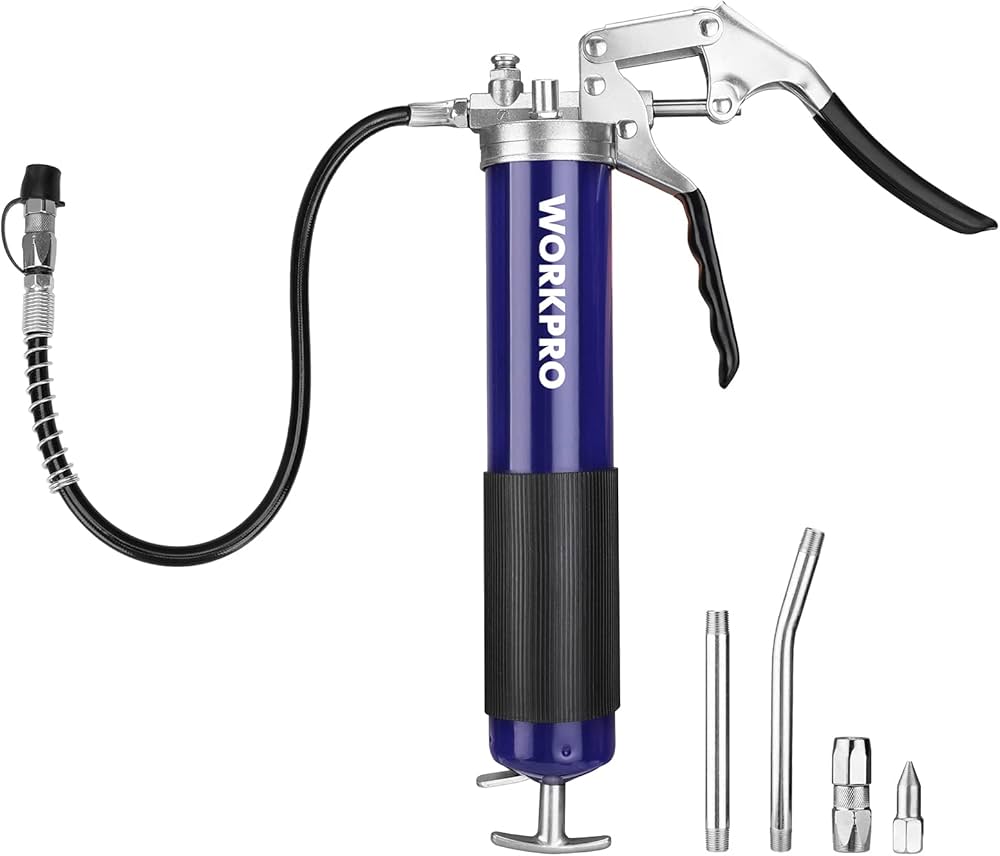
Practical Use Cases
Fixed cylinder revolvers have a unique design that affects how users reload them. Understanding their practical use helps to see why this design matters. These revolvers are not just old guns; they still have places where they work well. The reloading process may seem slow, but it fits certain needs perfectly.
Historical Context
Fixed cylinder revolvers were common in the 1800s. They often required removing each spent cartridge by hand. Reloading was slower compared to modern revolvers with swing-out cylinders. Soldiers and cowboys used these guns in battles and everyday life. The design was simple and strong, ideal for the tools of that time. Reload speed was less important than reliability and ease of repair.
Modern Day Applications
Some shooters still prefer fixed cylinder revolvers today. They are popular for hunting and target shooting. The fixed cylinder adds strength and durability. Reloading may take longer, but users accept this for the gun’s toughness. Collectors also value these revolvers for their history and style. In some cases, people use speed loaders to help reload faster. The fixed cylinder design remains practical for specific uses.
Frequently Asked Questions
Are Fixed Cylinder Revolvers Slower To Reload?
Yes, fixed cylinder revolvers take longer to reload than swing-out cylinder models. Each round must be loaded individually, which is time-consuming.
What Tools Help Reload Fixed Cylinder Revolvers Faster?
Speed loaders and moon clips can aid faster reloading. However, they are less common and less convenient for fixed cylinder revolvers.
Can Practice Improve Reloading Speed On Fixed Cylinder Revolvers?
Absolutely. Regular practice enhances manual dexterity and familiarity, reducing reload time significantly despite the fixed cylinder design.
Why Do Some Shooters Prefer Fixed Cylinder Revolvers?
Shooters prefer them for their simplicity, durability, and traditional design, accepting slower reload times as a trade-off.
Conclusion
Fixed cylinder revolvers take more time to reload than swing-out models. You must open the cylinder manually and remove each spent cartridge. This process can feel slow at first. Practice helps you reload faster and smoother. Many shooters appreciate the simplicity and reliability of fixed cylinder revolvers.
They work well for beginners and collectors. Reloading is not hard, just a bit slower. With patience, anyone can reload these revolvers easily. It all depends on your comfort and practice.
